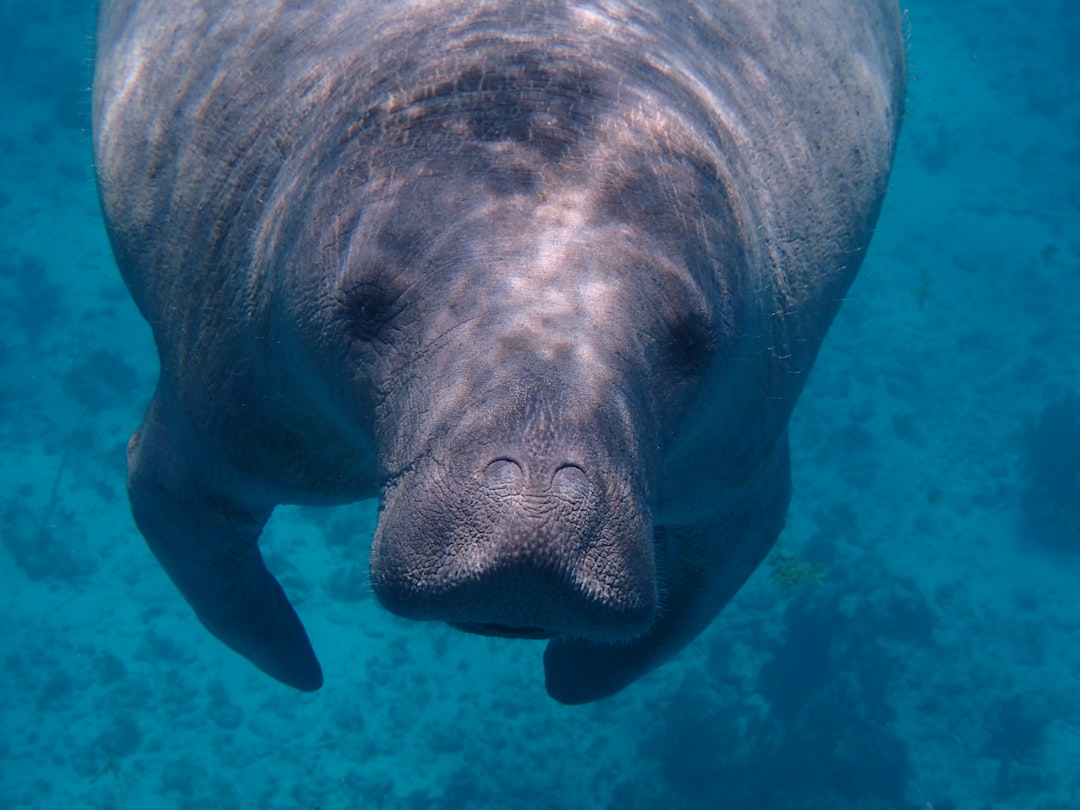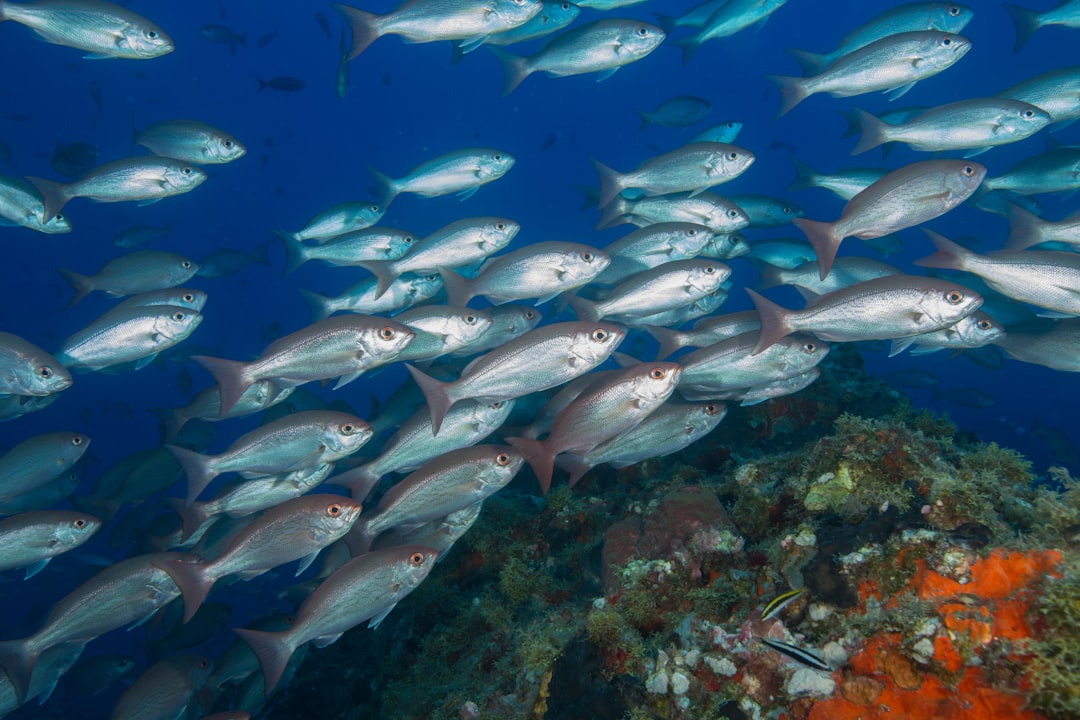What is it about?
With the goal to estimate pollinator species abundances and their niche distribution, I propose a general method to transform a plant–pollinator network into a competition model between pollinator species. Competition matrices were obtained from ‘first principles’ calculations, using qualitative interaction matrices (empirical records of visits of pollinators to plants) compiled for a set of 38 plant–pollinator networks vovering a wide geographic range.
Featured Image

Photo by Antoine Dautry on Unsplash
Why is it important?
This method: 1) Can make accurate quantitative predictions for pollinators: their species relative abundances, Shannon equitability & Gini–Simpson indices. 2) Allows building a one-dimensional niche axis for pollinators in which clusters of generalists are separated by specialists, providing a possible mechanism for emergent neutrality. 3) Could be used to estimate the effects of removing/adding a species from/of an existing community.
Read the Original
This page is a summary of: Quantitative predictions of pollinators’ abundances from qualitative data on their interactions with plants and evidences of emergent neutrality, Oikos, June 2014, Wiley,
DOI: 10.1111/oik.01539.
You can read the full text:
Contributors
The following have contributed to this page










